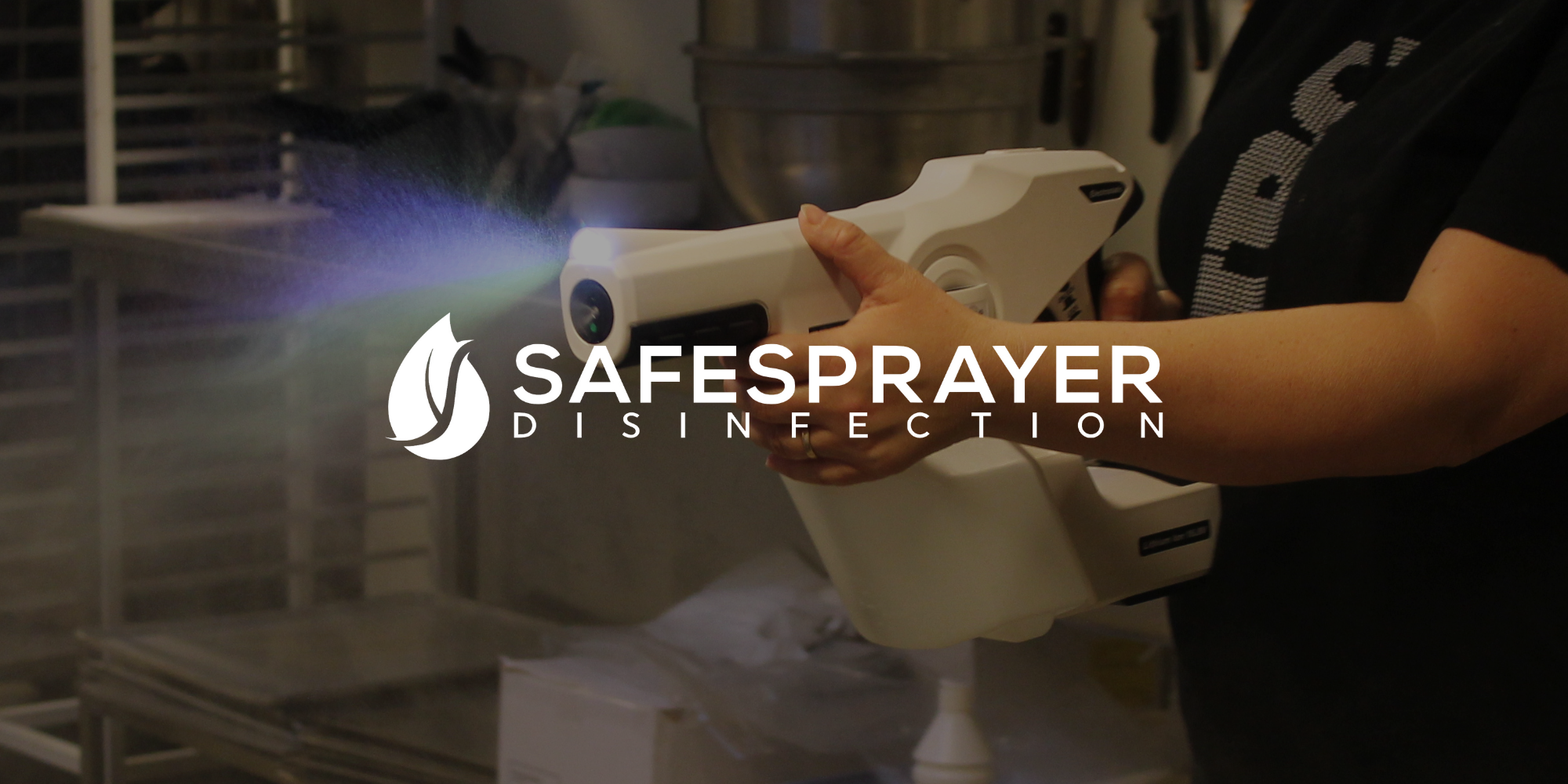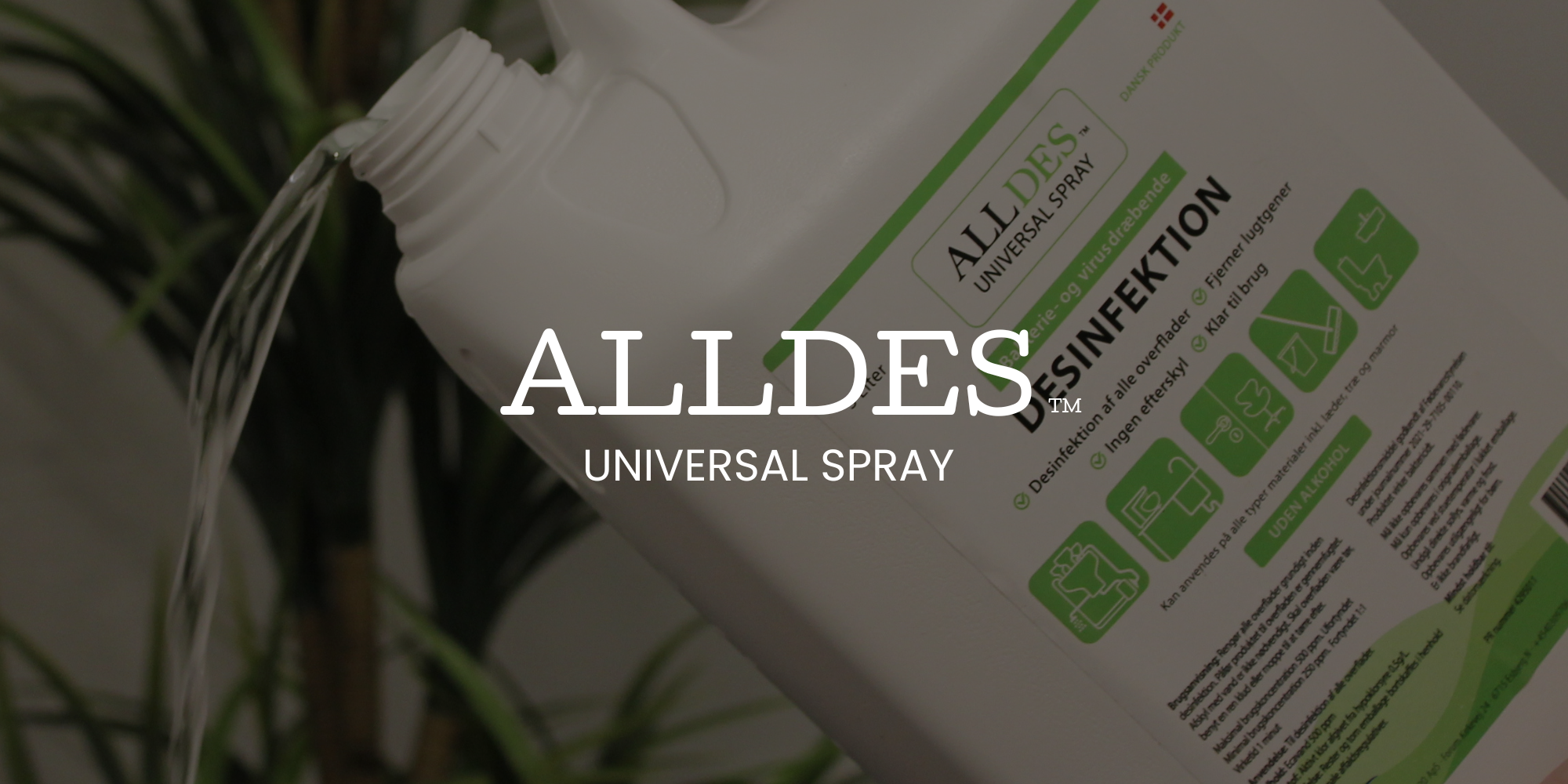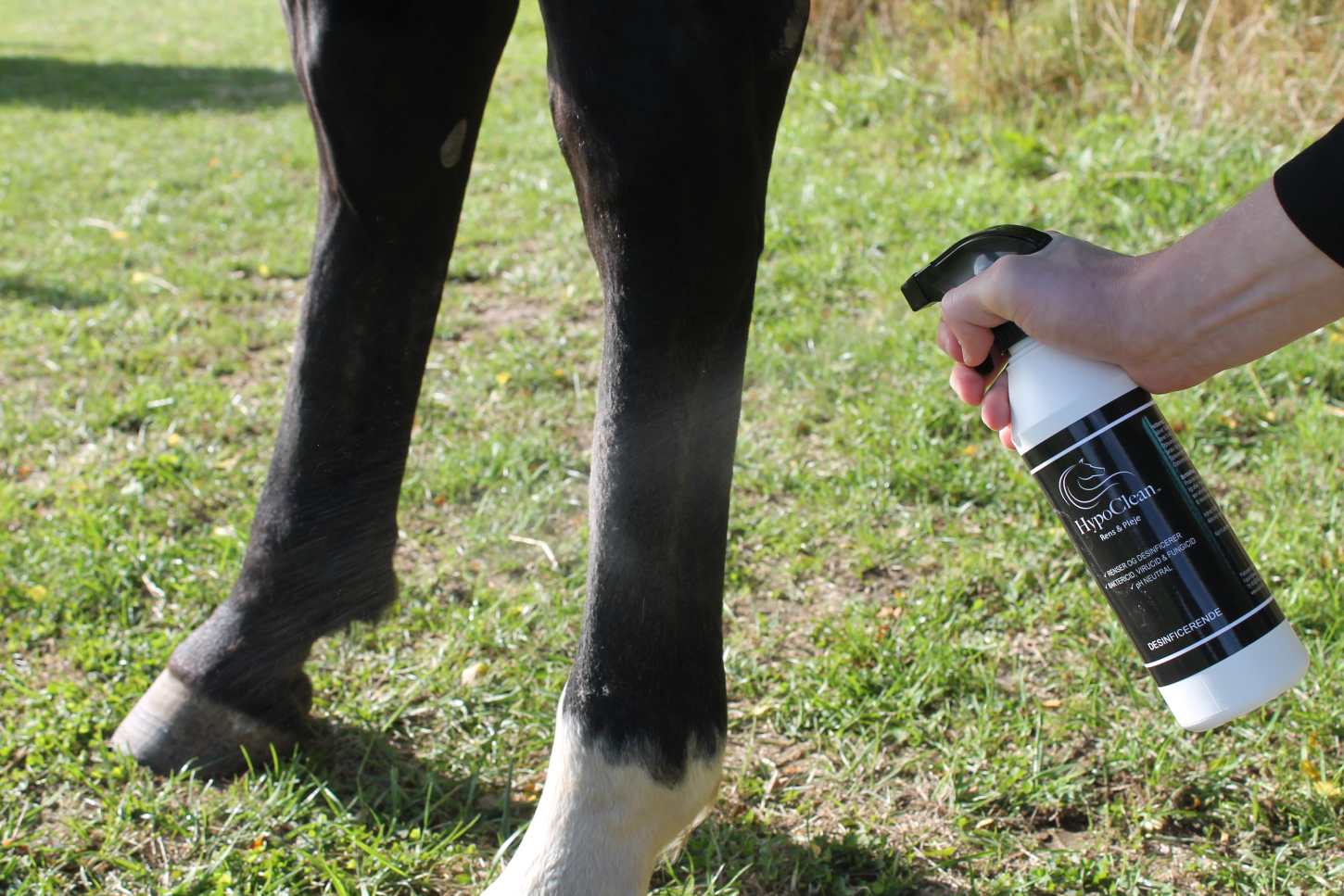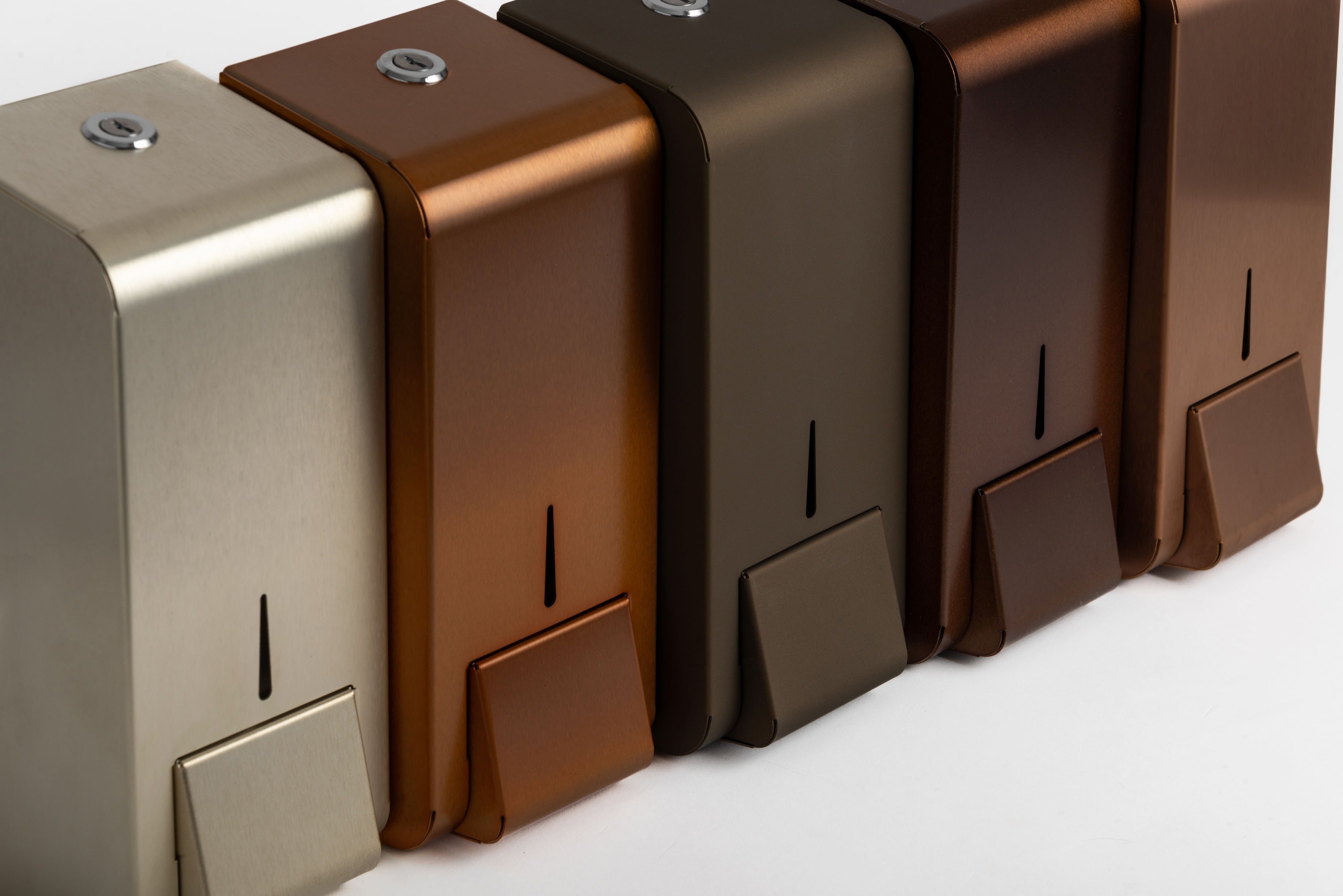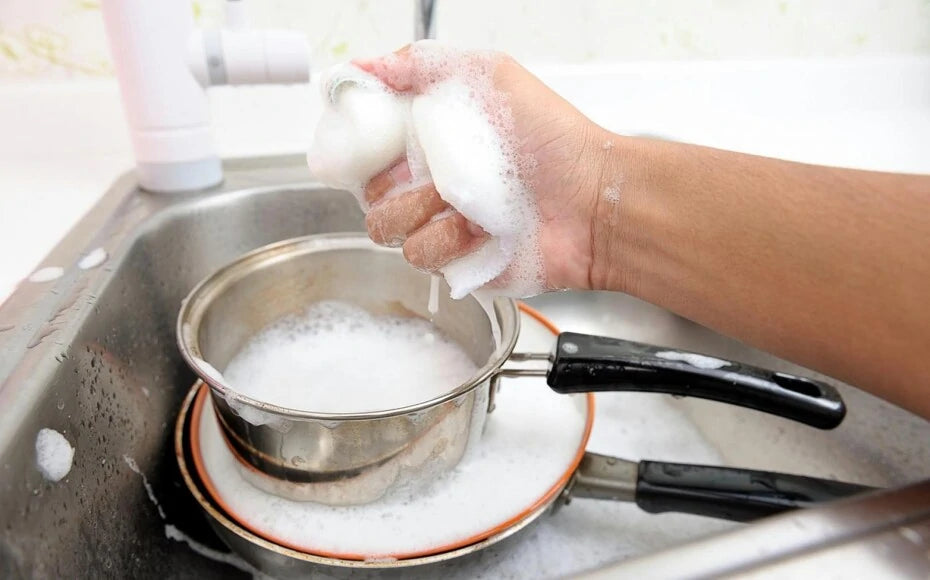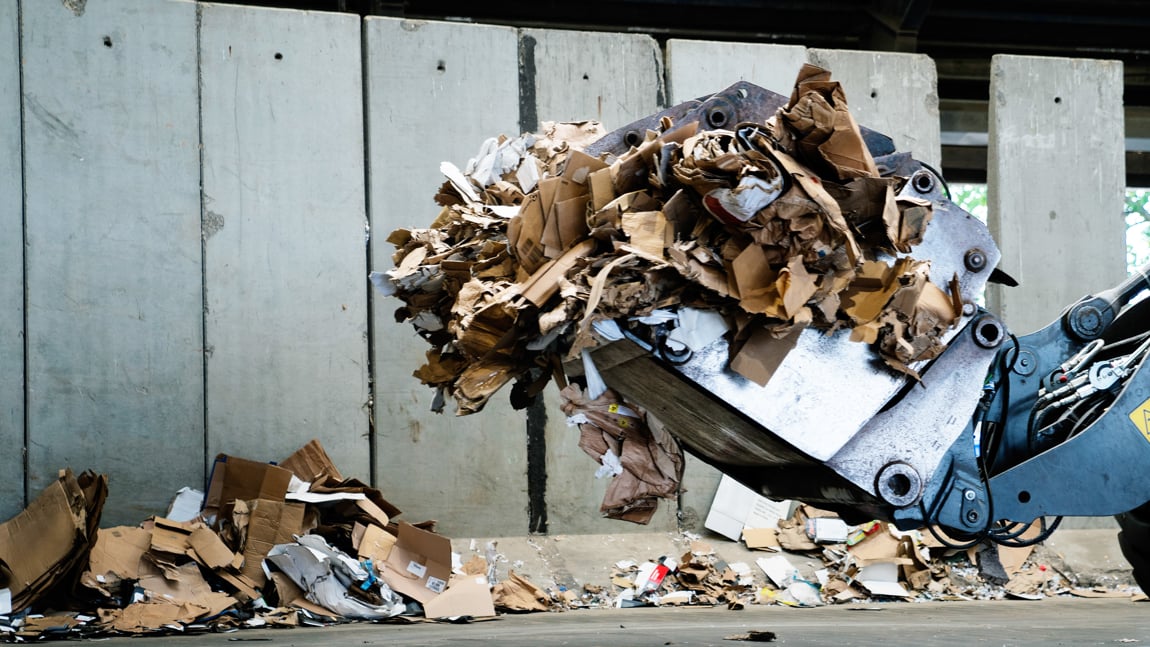Here you can read more about what causes mold, what mold is and not least how you can prevent and prevent mold from occurring in your horse.
What is muk?
Ringworm is an eczema-like condition on the lower legs, caused by bacteria, fungi, mites or dermatophilus congolensis, which propagates on the skin. If the skin becomes moist, it will eventually become porous and vulnerable. Vulnerable skin can be easily damaged and bacteria and mites can easily spread there. Often the mold first spreads in the armpits, as the skin there is extra thin and exposed.
What are the symptoms of mucus?
- Non-bleeding injuries and minor swellings.
- Clearly warmth on the leg.
- Larger swellings and serum exudation.
- Moist and dry skin.
- Tenderness and lameness.
- Scaling and crust formation.
Why do horses get mud fever?
Muck on horses occurs because there is chronic damage to the epidermis from the bit and downwards. The defense barriers that the skin normally has have been exhausted by wounds, cracks, chemical exposure etc. This means that naturally occurring microorganisms get the opportunity to establish themselves on the tissue - and thus form mold.
When is muk coming?
Muck is a typical autumn/winter disorder, which is often provoked by wet and muddy paddocks. In Denmark, we have a very long and wet season, which means that the horse's skin around the legs and withers is constantly moist. This creates a porous and sensitive skin which is extra susceptible to bacterial attack. If the horse has had muck once, there will be an overwhelming probability that it will return annually.
How can you prevent your horse from getting muck?
- Daily review of the horse in code regions.
- Wash the horse's legs after riding to remove mud and dirt.
- Dry your legs after washing, as wet legs promote mold.
- Move the horse from paddocks where muck is frequent.
- Regular cleaning of brushes and groomers.
- Use preventive cleaning and skin care products such as Hypoclean .
Can you ride a horse with mud?
It can go so far that the horse becomes lame because of the muck, because the horse has pain in the wounds, and the skin tightens due to the swelling. As long as the horse is not in pain or there are signs of lameness, it only benefits from getting its usual exercise. If the horse's leg is swollen, the swelling can actually go down if it moves. If the horse is in pain and has become lame, then it is time to call a vet.
What should you avoid?
Muk has nothing to do with what the horse is used for. The horse can e.g. don't get sick of being ridden too much. But bells (which are fixed around the withers/hooves, for example, to prevent ball threads) can be responsible for mold, as gravel and sand can get under the bell, which can cause small wounds and skin abrasions in the bend of the withers. The small skin scrapings are an entrance for the bacteria, which can then infect the wounds, and this can easily give rise to pus.



